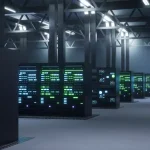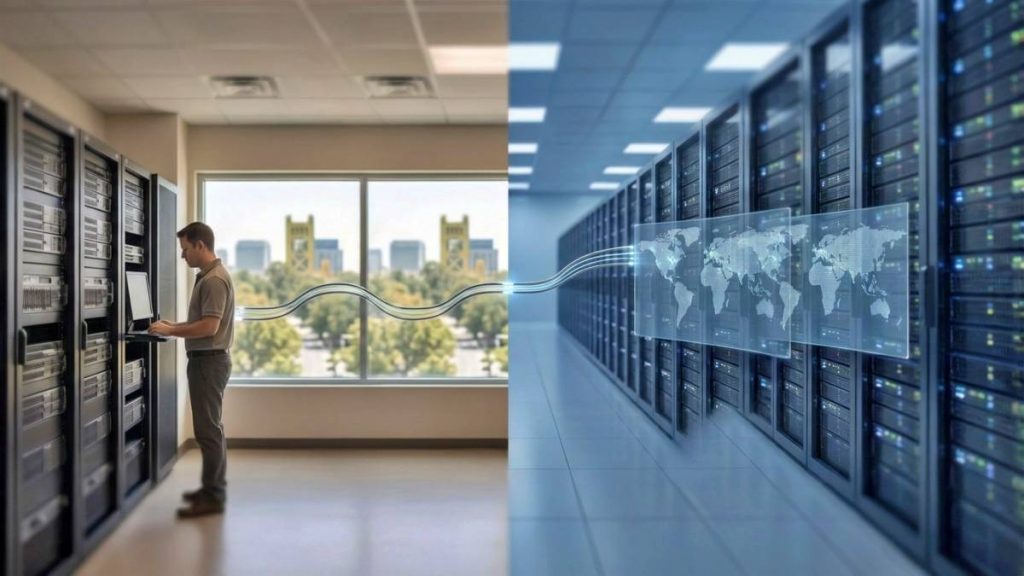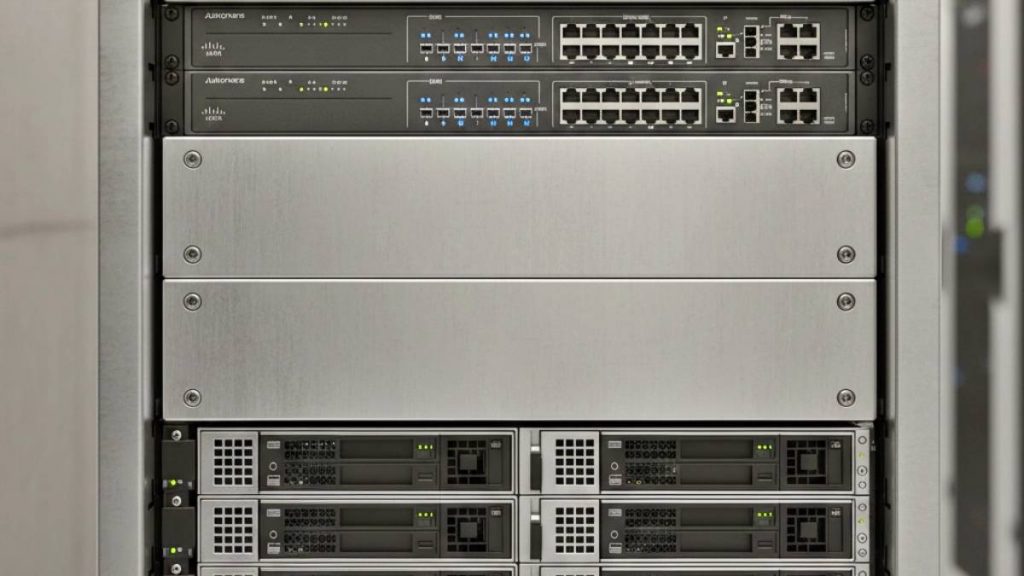When California hit 116°F in September 2022, most of us cranked up the AC and stayed indoors. But for data center operators across the state, that heat wave was just another Tuesday: one they’d been preparing for months in advance. While your laptop might slow down when it gets too hot, the servers hosting your company’s critical data can’t afford to take a break.

Modern data centers face an escalating challenge: extreme weather events are becoming more frequent and intense, while digital infrastructure becomes increasingly critical to business operations. From scorching heat waves that push cooling systems to their limits, to wildfire smoke that can infiltrate air intakes, to sudden storms that threaten power stability: data center operators must prepare for it all.
The Impact of Extreme Weather on Data Infrastructure
The challenge goes far beyond just keeping servers cool. When temperatures soar, every component in a data center works harder. Compressors strain to maintain proper temperatures, pumps work overtime to circulate coolant, and fans run at maximum capacity for extended periods. This increased workload doesn’t just drive up energy costs; it dramatically increases the likelihood of equipment failure.
External infrastructure faces similar stress. Backup generators, which typically sit outside the main facility, can struggle to deliver full power output during extreme heat events. If the electrical grid fails during a heat wave —when air conditioning demand peaks —these generators become the only thing standing between uptime and catastrophic downtime.
The stakes couldn’t be higher. A single hour of downtime can cost businesses thousands or even millions of dollars, while also damaging customer trust and regulatory compliance. This reality drives data center operators to invest heavily in weather preparedness strategies that go far beyond basic contingency planning.
Strategic Planning: Knowing What’s Coming
Effective weather preparedness begins months before the first weather advisory. Data center operators conduct comprehensive risk assessments that evaluate everything from local climate patterns to the specific vulnerabilities of their facility design. In California, this means analyzing wildfire risk maps, understanding seasonal temperature patterns, and identifying potential flooding or wind damage scenarios.
These assessments examine critical questions: How severe can local weather conditions become? What infrastructure elements are most vulnerable? Are backup systems truly independent of the primary systems they’re designed to replace? The answers shape everything from equipment selection to staffing schedules during high-risk periods.
Contingency planning involves creating detailed playbooks for different scenarios. When extreme weather approaches, these plans automatically kick in. Less critical tasks get postponed so technical teams can focus entirely on monitoring and maintaining critical systems. Staff schedules adjust to ensure experienced engineers are on-site during high-risk periods. Emergency supply chains activate to ensure backup fuel, replacement parts, and additional cooling resources are readily available.
Advanced Cooling: Beyond Traditional HVAC
Traditional air conditioning systems weren’t designed for the heat loads generated by modern high-density server racks. As artificial intelligence and cloud computing drive server densities, data centers are implementing hybrid cooling solutions that combine various technologies.
These advanced systems incorporate methods that can maintain optimal temperatures even when external air temperatures exceed 100°F. Fluorescent dyes in these systems enable instant leak detection, allowing technicians to identify and address potential failures before they impact operations.
The shift toward advanced cooling isn’t just about handling extreme temperatures; it’s also about energy efficiency. Hybrid cooling systems can remove heat more efficiently than conventional systems, reducing overall energy consumption and providing more precise temperature control. During extreme weather events, this efficiency becomes critical for maintaining operations without overwhelming local power grids.
Power Infrastructure: The Backbone of Reliability
Backup power systems represent the last line of defense against weather-related outages. Modern data centers maintain multiple levels of power redundancy, from uninterruptible power supplies (UPSs) that provide instant backup during brief outages to diesel generators capable of powering entire facilities for days or weeks.
But backup power systems require constant attention. Generators undergo testing at least monthly, with full-load testing performed quarterly to ensure they can actually deliver their rated capacity when needed. Fuel supplies are maintained at levels sufficient for extended operation, with contracts in place for emergency fuel delivery during prolonged outages.
As part of preparations for extreme weather, technicians conduct additional checks of all power infrastructure. They verify fuel levels, test transfer switches, confirm battery health in UPS systems, and ensure the generators’ cooling systems are functioning correctly. Remember, generators produce significant heat and need their own cooling systems to operate effectively.
Human Elements: The Critical Factor
While automation handles much of data center operations, extreme weather events require human expertise and judgment. Experienced engineers monitor systems around the clock during high-risk periods, watching for subtle performance changes that might indicate developing problems.
Staff preparation includes cross-training to ensure multiple people can handle critical tasks. Emergency housing arrangements might be made for key personnel when severe weather could prevent them from reaching the facility. Communication systems are tested to ensure teams can coordinate effectively even if the primary communications infrastructure fails.
During the 2020 California wildfires, many data centers faced air quality challenges that required human intervention. Technicians had to balance the need for outside air circulation with the risk of smoke contamination, making real-time adjustments to ventilation systems based on air quality monitoring and weather forecasts.
What This Means for Your Business
If you’re evaluating data center services, understanding weather preparedness should be part of your decision-making process. Ask potential providers specific questions about their extreme weather preparations: How do they test backup systems? What cooling redundancy do they maintain? How do they handle air quality issues during wildfire events?
Look for facilities that can demonstrate their preparedness through actual performance data. The best providers track uptime statistics during extreme weather events and can show you exactly how their systems performed during recent heat waves or storms.
Consider the location carefully. While no region is immune to extreme weather, understanding local risks and how facilities address them can help you make informed decisions. A facility in an area prone to wildfires should have different preparations than one in a region primarily at risk of heat and storms.
The Path Forward
Climate change ensures that extreme weather preparedness will only become more critical for data center operations. Facilities that invest now in advanced cooling technologies, robust power infrastructure, and comprehensive planning will be better positioned to maintain reliable operations in an increasingly challenging environment.
For businesses depending on digital infrastructure, partnering with data centers that take weather preparedness seriously isn’t just about avoiding downtime: it’s about ensuring your operations can continue regardless of what nature throws your way. In an era where every business is a digital business, that kind of reliability isn’t optional: it’s essential.
The next time you hear about record-breaking temperatures or severe weather warnings, remember that somewhere, data center engineers are monitoring dozens of systems, ready to keep your digital world running smoothly. Their preparation today ensures your business continuity tomorrow..







